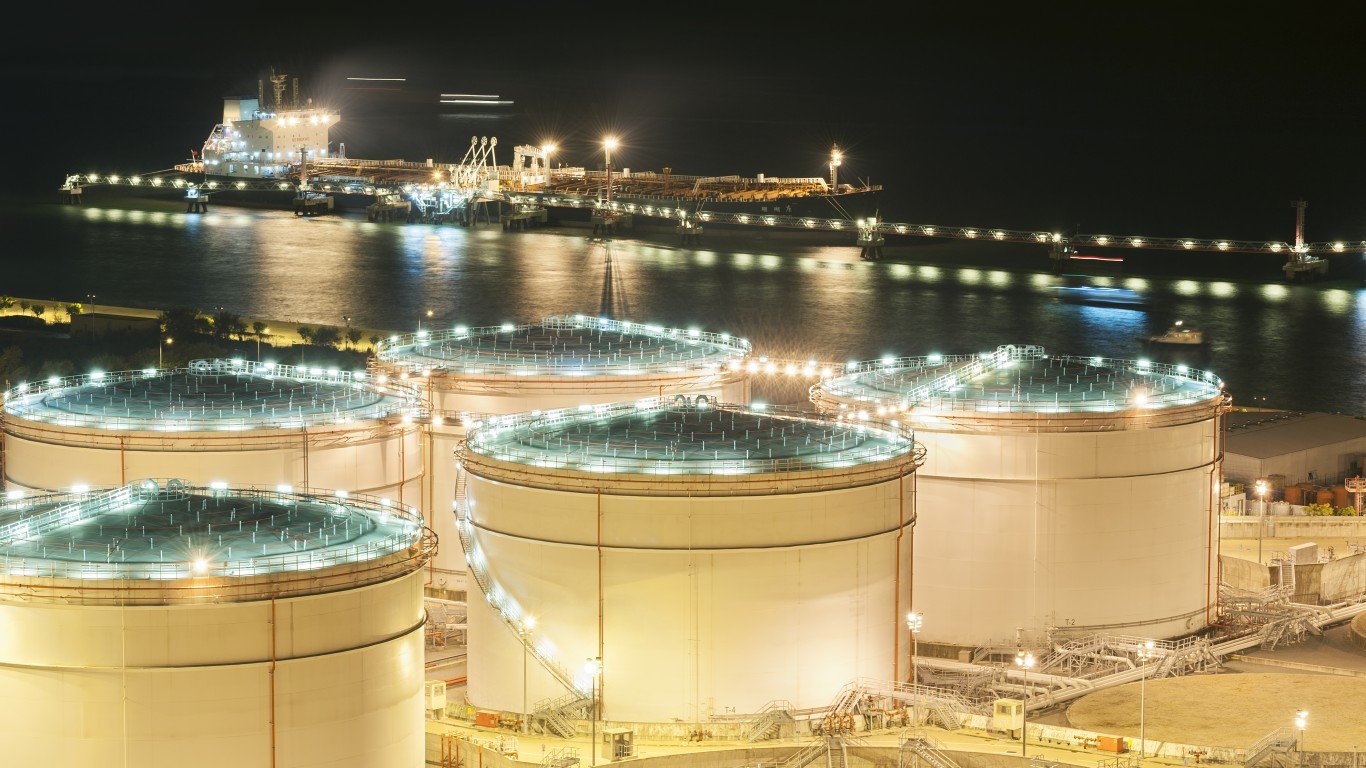
"The U.S. Strategic Petroleum Reserve (SPR) was created in 1975 by the Energy Policy and Conservation Act, signed into law by President Gerald Ford. It was established in response to the 1973-1974 oil embargo, which highlighted the U.S. economy's vulnerability to oil supply disruptions. Those who were around at the time, like your author, witnessed long lines at the gas stations as the price of a gallon of gas jumped as much as 43%. In fact, the national average cost"
"of gas rose from about $0.385 per gallon in October 1973 to $0.551 per gallon in June 1974. Under President Biden's administration, the Strategic Petroleum Reserve released more than 200 million barrels of oil, primarily through emergency sales in 2022. The most significant release was 180 million barrels in response to supply disruptions caused by Russia's invasion of Ukraine. While a difficult situation, most feel that this was not what the SPR was created for."
"Oil prices fell below $60 per barrel recently due to a combination of oversupply and weak demand. Global oil inventories are rising, putting downward pressure on prices. At the same time, both OPEC+ and U.S. production are increasing amid relatively stable global oil demand. Some banks expect West Texas Intermediate (WTI) Oil Prices to Be Below $60 for the remainder of 2025. OPEC+ recently announced plans to unwind its production cuts; the increases are lower than those initially proposed."
The U.S. Strategic Petroleum Reserve was established in 1975 after the 1973-1974 oil embargo to protect the economy from oil supply disruptions. Gasoline prices jumped up to 43%, with national averages rising from $0.385 to $0.551 per gallon between October 1973 and June 1974. The SPR released more than 200 million barrels under President Biden, including a 180 million-barrel draw tied to disruptions from Russia's invasion of Ukraine. Recent oil prices fell below $60 amid oversupply, weak demand, rising global inventories, and increased OPEC+ and U.S. production. Forecasts expect prices to average near $50 through 2026. Mega-cap integrated oil companies pay dividends and present buying opportunities.
Read at 24/7 Wall St.
Unable to calculate read time
Collection
[
|
...
]